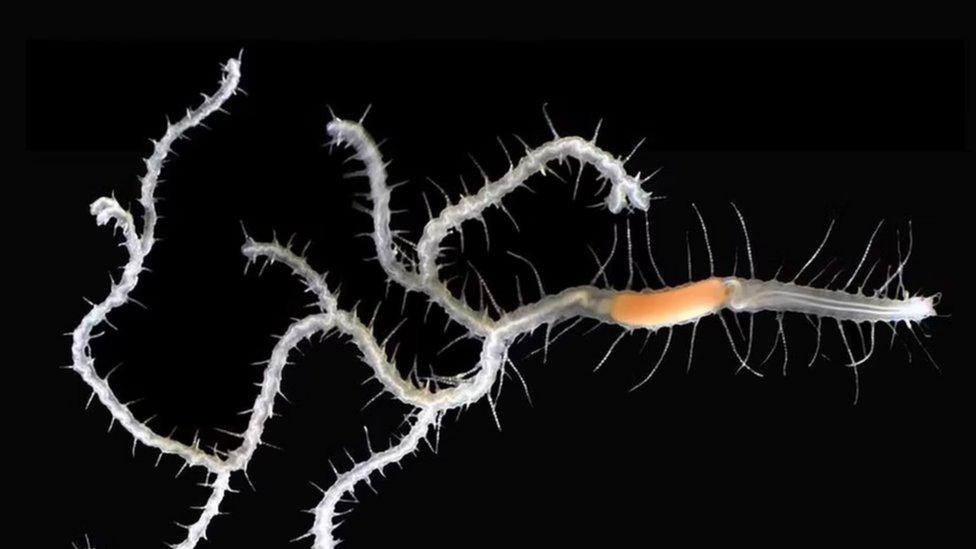Rare worm fossil with internal organs, an 'almost impossible discovery'
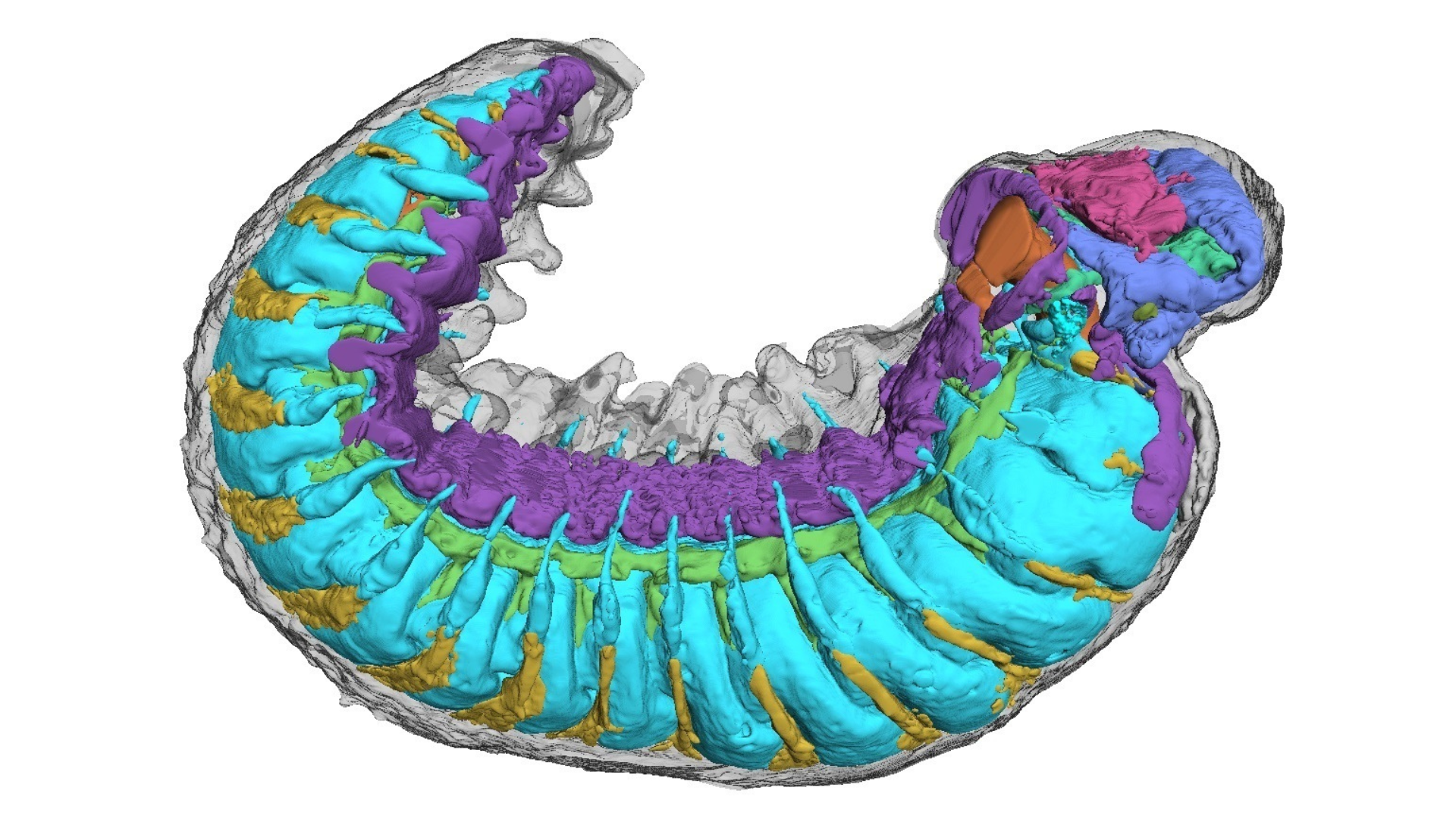
A side-on view of the worm showing internal organs
- Published
A tiny worm that lived half a billion years ago has been described as an "almost impossible discovery" by scientists.
It's special because it's incredibly rare for an organism that small and fragile to be preserved so well - one scientist said their "jaw just dropped" when it was uncovered.
Scientists say it may help explain how insects evolved.
More fascinating fossils
Fossils show mammals among dinosaurs lived longer and grew more slowly
- Published26 July 2024
Would you visit a poo museum?
- Published3 June 2024
Schoolgirl discovers fossil of huge prehistoric sea reptile
- Published18 April 2024
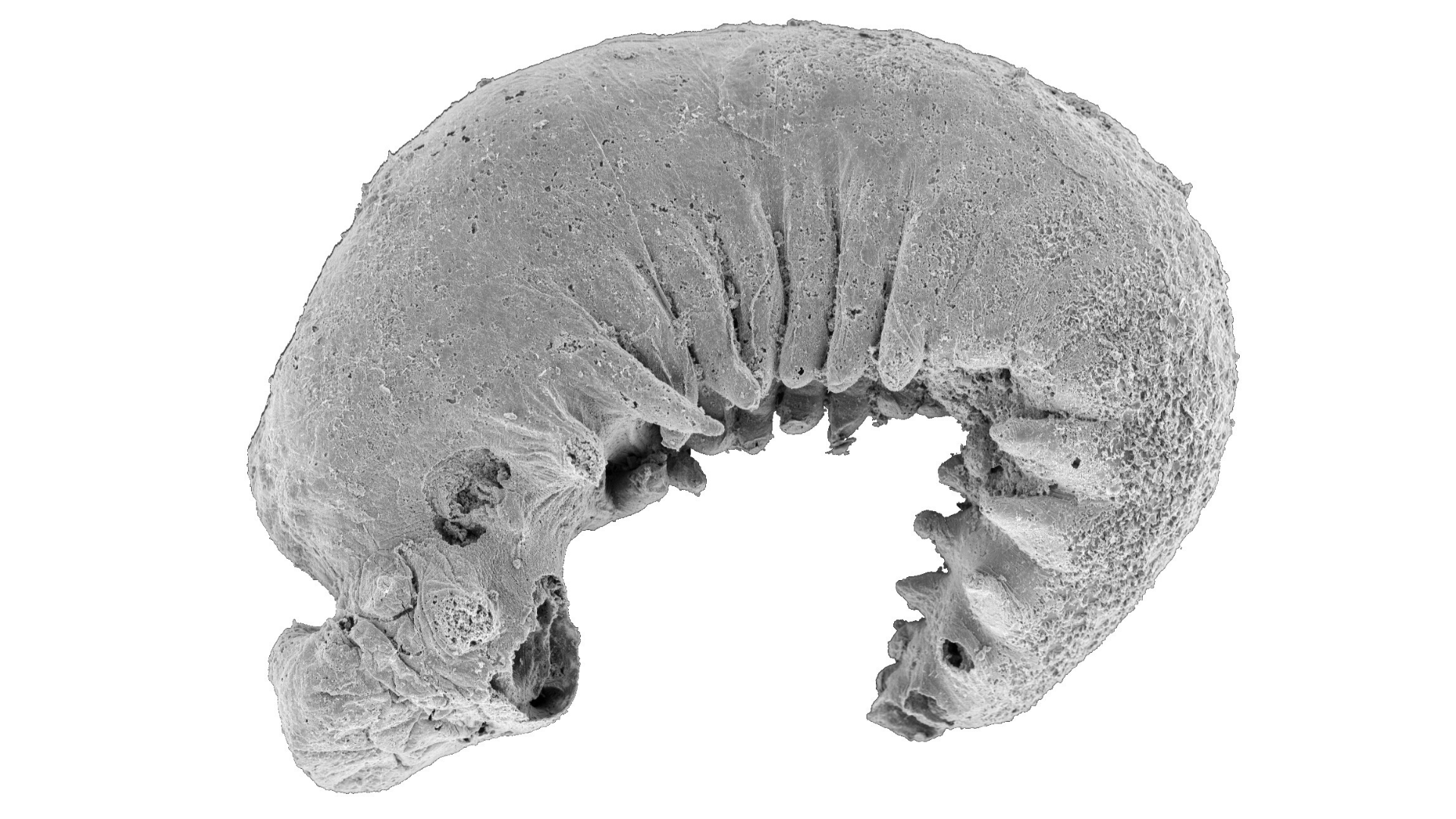
A scanned image of the worm
The larva (the word for a baby insect) was unearthed in China with its internal organs almost intact.
Dr Martin Smith, who has published a research paper on the baby worm, described it as "something special", and said the odds of uncovering fossils like this, is usually "practically zero".
The little worm, called Youti yuanshi, would have been alive 520 million years ago.
It's an early relative of arthropods, which is group of creatures including insects, spiders, crabs and centipedes.
Dr Smith told Newsround that they only really have fossils of adult creatures from this time period, so to get something this young is a "scientific treat".
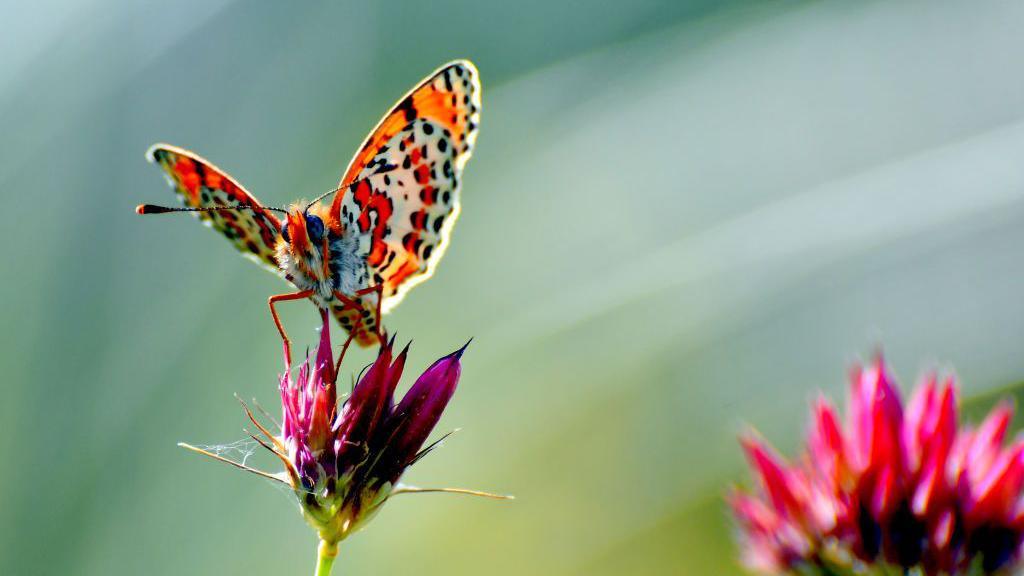
Dr Smith said there was another reason it was a particularly exciting find: "The exciting thing about this fossil is that you can see all sorts of internal details."
Dr Smith and the team at Durham have created detailed 3D images of the worm using specialist equipment at the at the Diamond Light Source facility in Harwell, Oxfordshire.
The Diamond Light Source facility enables scientists to produce intense beams of light to help with their research.
This is how they could see that some of the worm's organs - including its brain and nervous system which were still intact, even after such a long time.
By looking at this, Dr Smith says they can now figure out how insects such as butterflies are able to develop such complicated brains and other organs.
As they only had adult fossils to study previously, he said the complexity seemed to come "from nowhere", but now they can have a better understanding of how it happens.
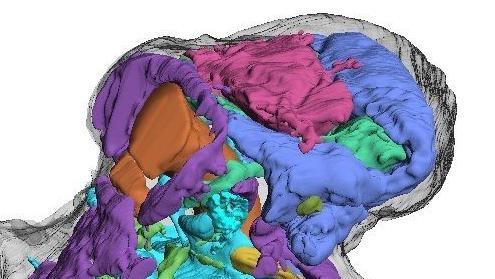
Dr Smith said: "When I used to daydream about the one fossil I'd most like to discover, I'd always be thinking of an arthropod larva.
"But larvae are so tiny and fragile, the chances of finding one fossilised are practically zero - or so I thought.
"I already knew that this simple worm-like fossil was something special, but when I saw the amazing structures preserved under its skin, my jaw just dropped - how could these intricate features have avoided decay and still be here to see half a billion years later?"
More like this
- Published19 April 2024
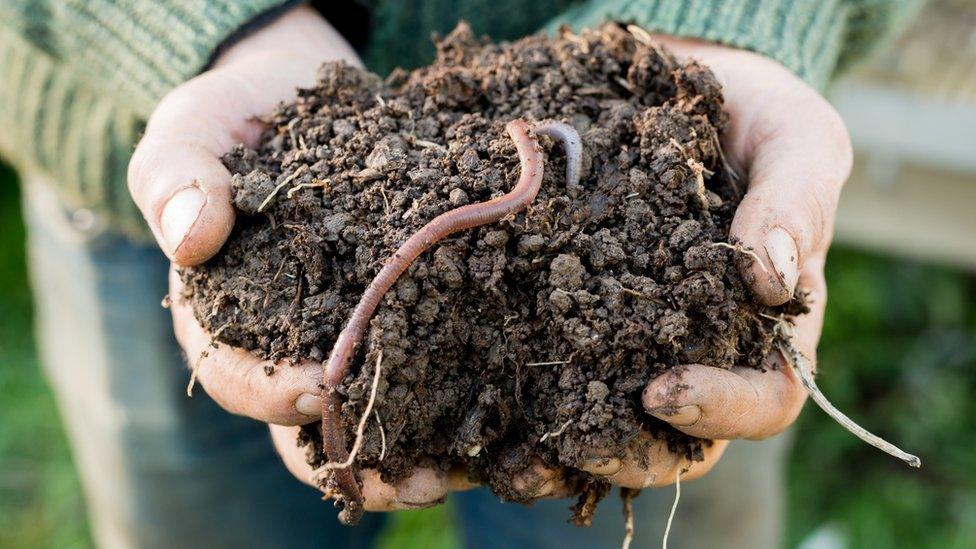
- Published15 April 2024

- Published1 February 2022
